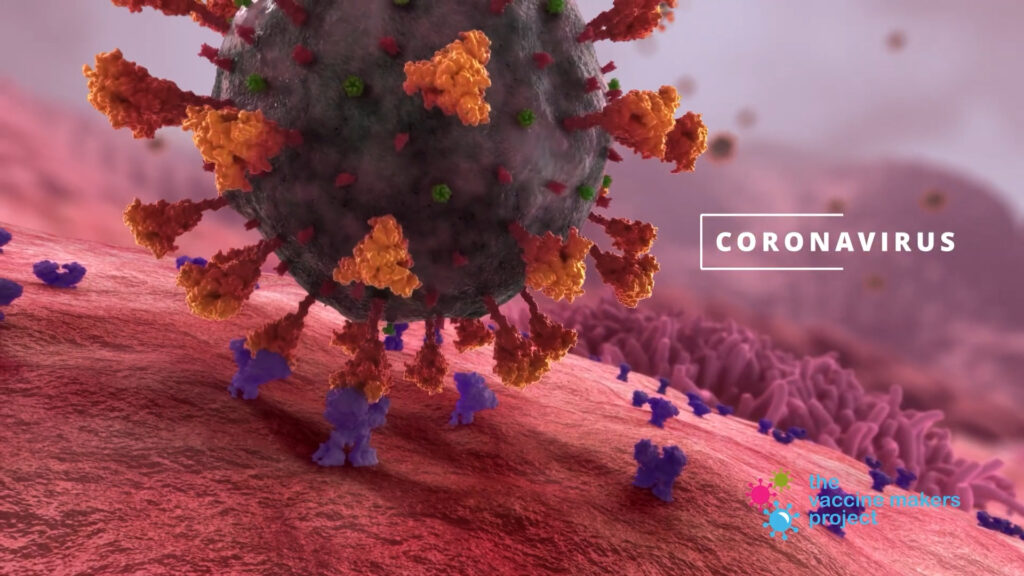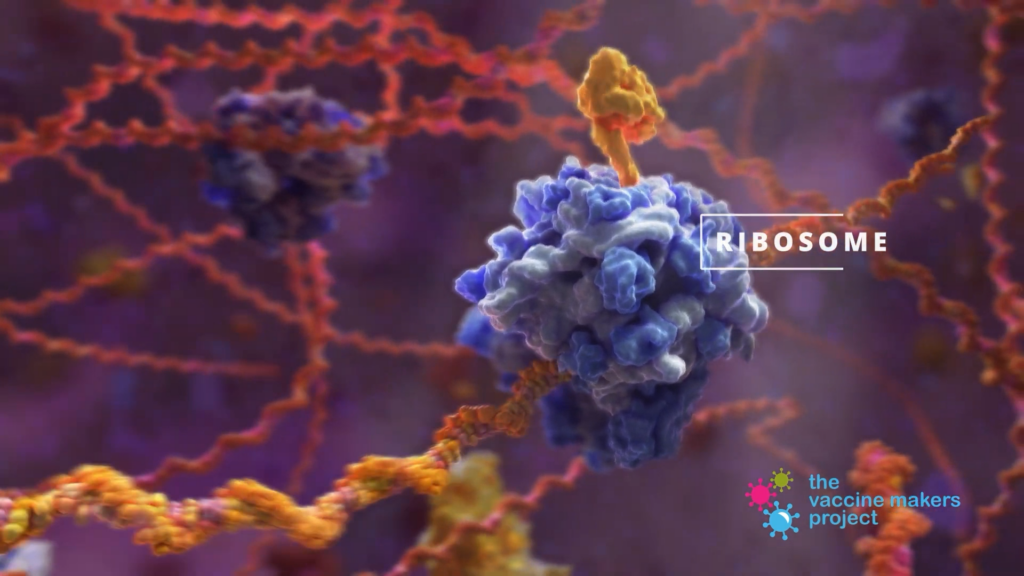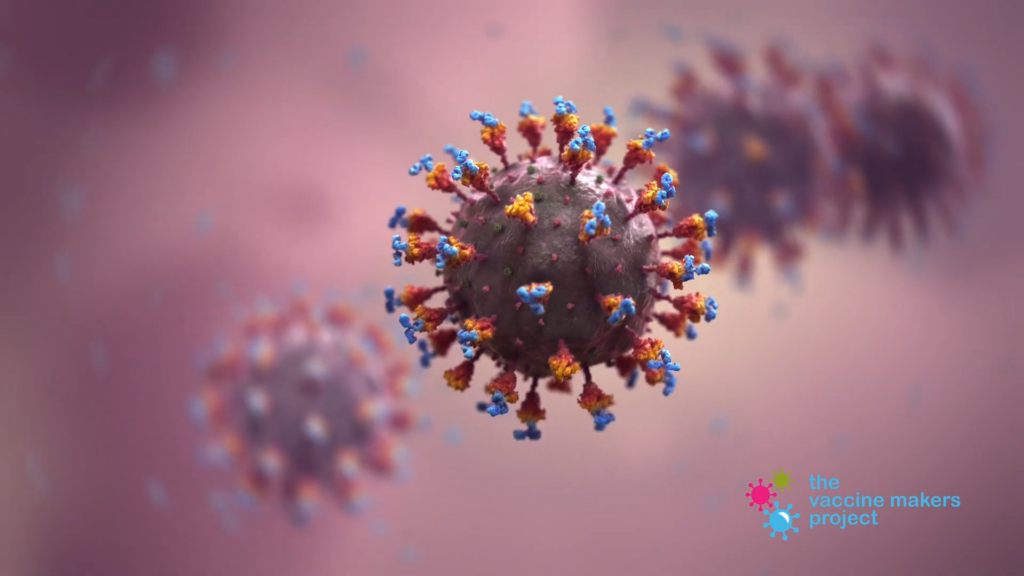The Vaccine Makers Project, a program of the Vaccine Education Center at Children’s Hospital of Philadelphia (VEC@CHOP) and Medical History Pictures (MHP) partnered up again with XVIVO to help develop two new medical animations, this time about how COVID-19 vaccines work. With the monumental task of helping people understand new information about COVID-19, we were honored and thrilled to put our passion for communicating science into these animation projects.
Then came this tweet: “BEST. VIDEO. ALL. YEAR. Please share with friends how the mRNA vaccine works to fight the coronavirus.” by @DrEricDing, and we were blown away by the response afterward. To date, there have been more than 10.8 million video views from the post, 500,000 likes, and over 171,000 retweets.
From Patton Oswalt: “PLEASE WATCH AND SHARE. Spread this one FAR and wide!”
From Martina Navratilova: “Utterly brilliant!”
We spoke with the Philadelphia Inquirer about the animations, which were described as “So clear. Very vivid. The explanation is excellent.” Now, the animations have been officially selected to compete in the 7th International Science Film Festival of India. Wow, just wow!
In the animations, viewers are given a front row seat to the dance that occurs between coronavirus and host cells, but perhaps more importantly, viewers see the immune system become educated by these new vaccines. The visuals present a high level of scientific detail, while the voice over explains the most important information in a straightforward and approachable manner for the viewing public.

XVIVO has a longstanding collaboration with VEC@CHOP and MHP, including an earlier 9-part animation series aimed at educating school-age audiences about the immune system and vaccines. The earlier animations provided introductory information on the immune system, as well as viruses and vaccines. In particular, the animations “A Virus Attacks a Cell” and “How do Viruses Reproduce?” have become quite popular during the pandemic. At the time we made the animations, nobody knew how relevant that educational material would be a few short years later.

Both of the new COVID-19 vaccine animations show the similar outcomes for the main types of COVID vaccines available, namely to produce the spike protein of the novel coronavirus so that the body’s naturally occurring immune cells can learn about it. Then, the body makes antibodies against the protein to help mount a faster attack in the future if a person is exposed to coronavirus.
The team at XVIVO is thrilled to be making a difference through our work during this difficult time, so viewers can better understand how COVID-19 vaccines work. As described by Charlotte Moser, assistant director of the VEC@CHOP, the animations, in conjunction with provider conversations, have effectively changed the minds of some who were initially hesitant about getting the vaccine. THAT really blows us away!
Thank you to everyone who has viewed and shared our videos!
